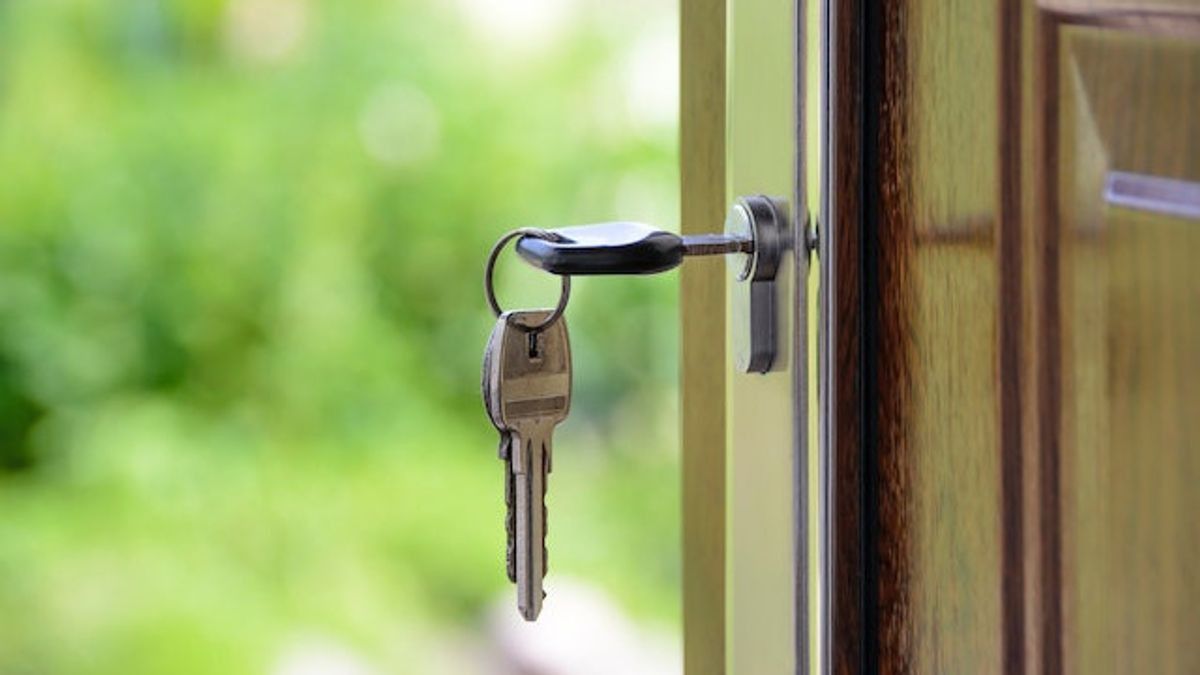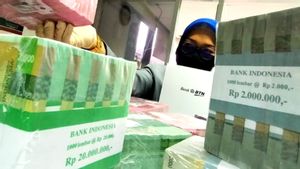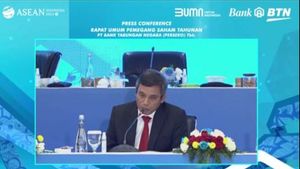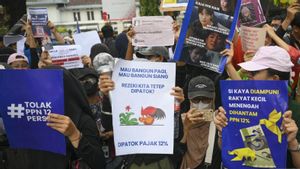YOGYAKARTA - Home Ownership Credit (KPR) is a credit facility provided by banks to individual customers who are going to buy or repair a house. Based on the loan principle, KPR is divided into two categories, namely Conventional KPR and Sharia KPR. So, what are the differences between Conventional KPR and Sharia KPR?
Differences between Conventional KPR and Sharia KPR
The most obvious difference between Conventional KPR and Sharia KPR lies in the transaction process.
In Conventional KPR, the transaction tool used is in the form of money, while Sharia KPR uses goods transactions.
In more detail, here are the differences between Conventional KPR and Sharia KPR as summarized by VOI from various sources, Monday, April 10, 2023.
- Sale contract
The transaction contract on Conventional KPR is an agreement between the customer and the bank that agrees to the cost of the credit loan plus mortgage interest and other fees.
While the contract used in Sharia KPR is a murabaha contract. This is a sale and purchase agreement, where the Islamic bank will buy the house that the customer wants. Then the house will be sold by the Islamic bank to the customer.
Because the customer has insufficient funds, the process of buying a house from a sharia bank is carried out in installments. As long as the customer is paying installments, Islamic banks will not add interest so that the transaction does not become usury.
- Interest Rate
The difference between Conventional KPR and Sharia KPR can be seen from the KPR interest rates.
Generally, Conventional KPR apply interest rates that are not fixed for customers. Thus, the amount of interest paid is not always the same, aka fluctuating, depending on developments in Bank Indonesia's benchmark interest rate.
This is different from Sharia KPR which does not recognize interest rates. The profits obtained by Islamic banks come from the sale of houses to customers. So that the amount of sharia mortgage installments every month until the final maturity will remain the same.
- Tenor or credit period
Conventional banks usually provide a fairly long period of time for mortgage loans, which is around 20 to 30 years. While the tenor given by Islamic banks tends to be shorter, for 10 to 15 years.
SEE ALSO:
- Fines
Every financial institution such as a bank will impose fines if the customer is late in paying the installments. The amount of the fine is adjusted to the policy of each bank.
So, this penalty does not apply to Sharia KPR. This type of credit facility does not apply penalty rules for customer delays in paying installments. This means that Sharia mortgage customers will benefit more.
- Installment fees
The last difference between Conventional KPR and Sharia KPR lies in the number of installments.
In Conventional KPR, the installment fees that must be paid in installments are not the same. This is because the number of installments from Conventional KPR follows the Bank Indonesia benchmark interest rate.
Meanwhile, for Sharia KPR, the monthly installment amount has been determined since the beginning of the transaction. This means that the amount of Islamic mortgage installments will remain the same from the start of the loan to completion.
It's just that, the amount of mortgage credit installments is usually higher than Conventional KPR for houses at the same price.
This is information about the differences between Conventional KPR and Sharia KPR. To get other interesting news, read on VOI.ID.
The English, Chinese, Japanese, Arabic, and French versions are automatically generated by the AI. So there may still be inaccuracies in translating, please always see Indonesian as our main language. (system supported by DigitalSiber.id)















